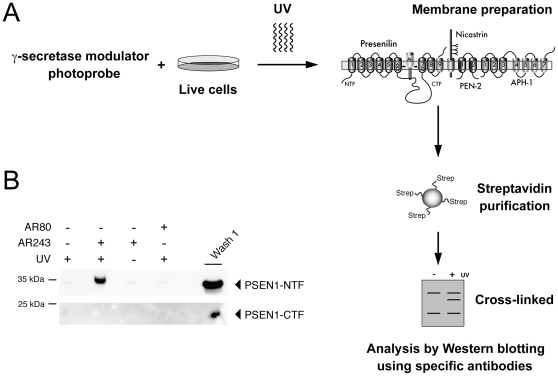Figure 5. PSEN is the molecular target of the γ-secretase modulator photo-probe AR243 in living cells.
(A) Schematic illustration of the photo-affinity labeling strategy in living cells. The active GSM photo-probe contains a diazirine photo-reactive group and a biotin moiety for affinity purification. Live cells were treated with the photo-probe and subsequently irradiated in two steps at 365 and 302 nm. Note that the use of long-wave UV light ≥300 nm did not induce acute cellular toxicity. Upon UV irradiation, the photo-probe forms a stable adduct with its specific target. Cellular membranes were prepared and solubilized, and target proteins of the photo-probe were captured and affinity purified using streptavidin-functionalized beads. After extensive washing, the purified material was eluted and resolved on SDS gels and probed by Western blotting. (B) N2a-ANPP cells were incubated with 200 nM of AR243 or DMSO vehicle, and target proteins of the GSM photo-probe were purified as described above. Western blotting with the antibody PSN2 demonstrated binding of the photo-probe to PSEN1-NTF. Incubation of cells with 20 µM of compound AR80 that lacked the biotin moiety, or omission of UV irradiation did not result in a labeling signal. Consistent with the in vitro labeling results, Western blotting with an antibody against the PSEN1-CTF did not demonstrate binding of the photo-probe confirming that the binding site is located within the PSEN1-NTF.

